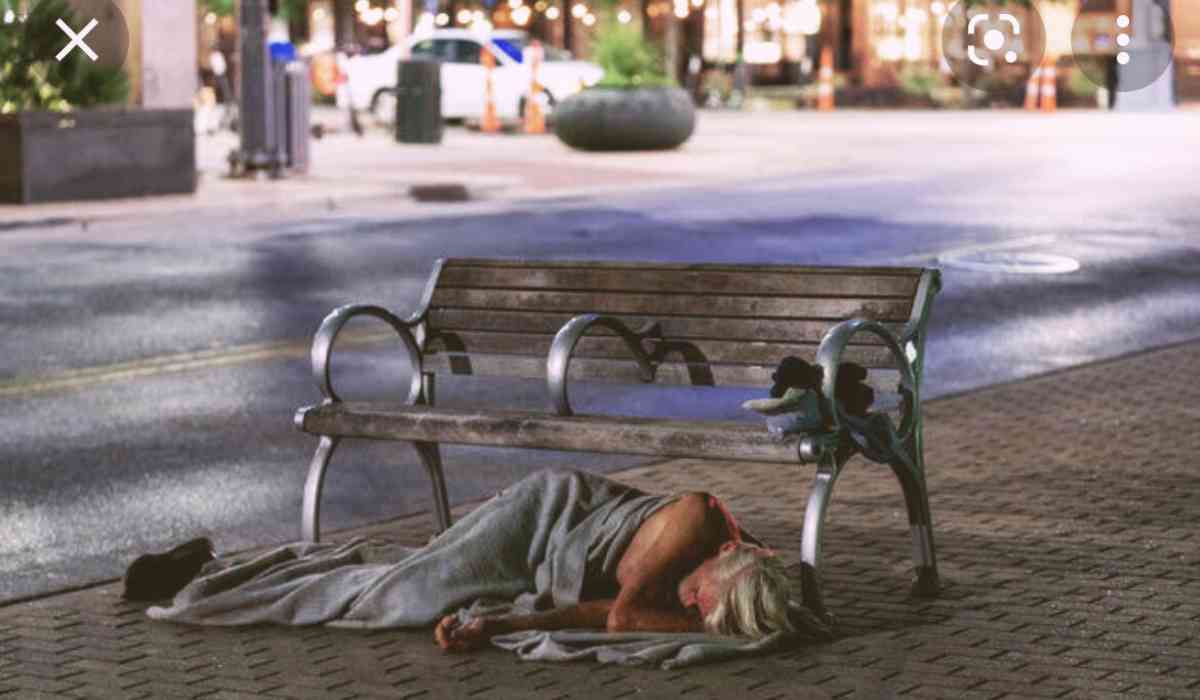Have you ever walked in a public place and felt uncomfortable or even hostile? This phenomenon is described by the term "Hostile architecture." Here we explore what adversarial architectures are, why they exist, and provide examples.
Understand the enemy's architecture:
Hostile architecture refers to the intentional design of public spaces and infrastructure to discourage certain activities or behaviours. While urban planning aims to create an inclusive and welcoming environment, hostile architecture takes a different approach. Stopping unwanted actions is a priority, but often at the expense of convenience and accessibility.

Why do we have defensive architectures?
Hostile architecture has its origins in addressing specific problems such as loitering, sleeping, and vandalism in public spaces. However, it has been criticized for targeting vulnerable people, including the homeless. Common reasons why adversarial architectures are implemented are:
- Stop homelessness: Many cities have bench seats with partitions or armrests to prevent you from lying down. While this may deter homeless people from sleeping on it, it raises ethical concerns about compassion and human rights.
- Prevent skateboarding: Anti-skateboard devices, such as metal bolts on shelves and rails, are designed to keep skateboarders away. These measures can make public spaces less comfortable for skateboarding enthusiasts.
- Prevention of littering: Depending on the location, sloping benches or benches with holes may be installed to prevent people from sitting for long periods of time. However, this can also prevent people from using these spaces to relax.
- Minimize vandalism: Sharp or pointed architectural elements, such as spikes on window frames or anti-graffiti coatings, are intended to deter vandalism. Although effective, it can make buildings and structures look unsightly.
Example of enemy architecture:/arc-anglerfish-arc2-prod-pmn.s3.amazonaws.com/public/ZEVFDOGYHNBOTMXEATRC2TSRDI.jpg)
- Anti-homeless spike: A common example of hostile construction is the installation of spikes on the floor in gaps and doorways. This prevents homeless people from resting and sleeping in these areas.
- Uncomfortable bench: Screened public benches, sloping seats, and metal armrests make it difficult to lie down or sleep, discouraging homeless people.
- Skateboard measures: Metal bolts and skate stops on shelves and rails prevent skateboarders from using these spaces for tricks and stunts.
- Hostile landscaping: Landscaping with spiky plants and unpleasant rocks discourages people from sitting and hanging out.
Discussion about hostile architecture:
The presence of hostile architecture raises important questions about the value of public space. While it can solve certain problems, it can also make cities less welcoming and caring. Many are advocating alternative approaches, such as creating safe spaces for homeless people and designing inclusive public spaces. In summary, hostile architecture is a controversial aspect of urban design that seeks to prevent certain actions in public spaces. While that may serve some purpose, there are many critics who argue for a more comprehensive and considerate approach to urban planning.
As cities evolve, finding a balance between deterring undesirable activities and maintaining the accessible and welcoming nature of public spaces remains an ongoing challenge.
© Copyright 2023. All Rights Reserved Powered by Vygr Media.






















